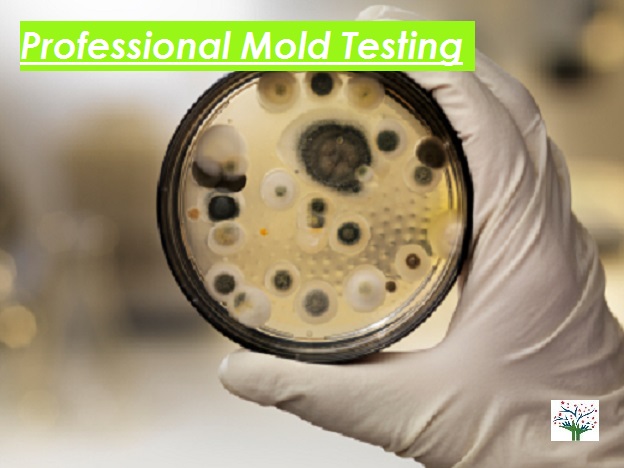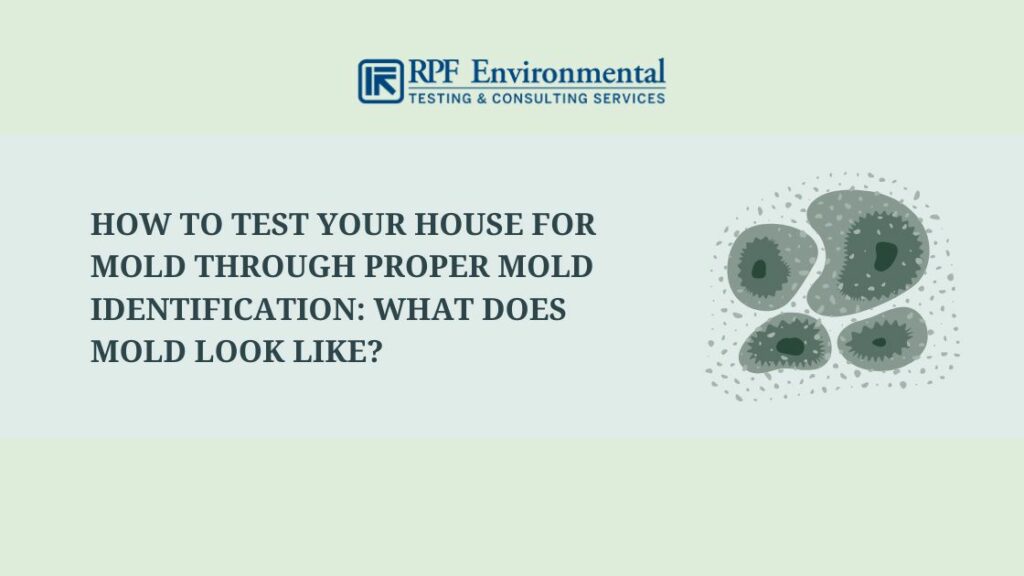Exactly How Mycotoxin Screening Assists Avoid Contamination and Secure Food Supplies

Mycotoxin testing is an essential method in the food sector, acting as a frontline defense versus contamination by unsafe contaminants created by molds. Through the application of sophisticated strategies like High-Performance Fluid Chromatography (HPLC) and Liquid Chromatography-Mass Spectrometry (LC-MS), food manufacturers can precisely evaluate and identify mycotoxin degrees in agricultural items. This positive method not just makes sure compliance with rigorous security policies but also mitigates wellness threats to consumers. Moreover, normal testing fortifies brand name track record and financial wellness by decreasing contamination-related cases. So, exactly how exactly do these testing protocols integrate right into the wider food safety method?
Comprehending Mycotoxins
Comprehending mycotoxins starts with identifying that they are poisonous secondary metabolites produced by certain mold and mildews, which can infect farming items. These metabolites are not essential for the growth or reproduction of the fungis yet can have extreme effects for animal and human wellness. Mycotoxins are generally located in staple plants such as corn, wheat, barley, and nuts, where they can proliferate under particular conditions of moisture and temperature level.
There are several kinds of mycotoxins, each generated by various fungal types. Aflatoxins, produced by Aspergillus varieties, are amongst the most well-known, understood for their carcinogenic buildings. An additional substantial team includes ochratoxins, created by Aspergillus and Penicillium species, which have nephrotoxic results. Fusarium types produce trichothecenes and fumonisins, both of which are related to different intense and persistent wellness concerns.

Threats of Mycotoxin Contamination
The risks of mycotoxin contamination are complex, posing substantial risks to both food safety and security and public wellness. Mycotoxins, hazardous compounds generated by specific types of fungis, can pollute a vast variety of farming products including cereals, nuts, flavors, dried out fruits, and coffee.
Economic impacts are an additional major problem. Polluted plants can result in considerable monetary losses for farmers and food manufacturers due to lowered yields and the demand for expensive purification steps. Worldwide profession can be dramatically impeded as countries impose rigorous mycotoxin policies to safeguard their populations, leading to denied shipments and strained trade connections.
Ecological variables such as environment change intensify the danger of mycotoxin contamination. Variations in temperature level and moisture can develop desirable problems for fungal development, increasing the likelihood of contamination events. Thus, understanding and reducing these risks are important for making sure the safety and security and stability of worldwide food materials.
Techniques of Mycotoxin Checking
Precisely determining mycotoxin contamination in agricultural products is vital for guarding public wellness and keeping food security requirements. Different methods are employed to detect and evaluate mycotoxins, each offering details advantages and constraints.
High-Performance Fluid Chromatography (HPLC) is a commonly utilized method due to its high sensitivity and precision. It involves dividing mycotoxins from various other materials in an example, enabling precise metrology. Liquid Chromatography-Mass Spectrometry (LC-MS) combines fluid chromatography with mass spectrometry to provide detailed molecular information, making it especially useful for recognizing several mycotoxins simultaneously.

Gas Chromatography-Mass Spectrometry (GC-MS) and Thin-Layer Chromatography (TLC) are additionally used, each with one-of-a-kind applications. GC-MS works for volatile mycotoxins, while TLC offers a less complex, cost-effective alternative for initial testing.
Benefits of Regular Testing
Regular screening for mycotoxins in agricultural items uses countless advantages, significantly adding to public health and food security. By identifying contamination early, normal screening helps prevent the circulation of poisonous foods, therefore minimizing the risk of mycotoxin-related ailments amongst customers. This aggressive technique not just safeguards human health and wellness however likewise enhances the general high quality of food materials.
Constant testing also sustains regulative compliance. Different countries and regions have established stringent restrictions for mycotoxin levels in food and feed. Abiding by these restrictions via routine testing ensures that producers and distributors satisfy legal criteria, consequently staying clear of charges and profession barriers. Keeping compliance promotes customer count on and brand name reputation, which are essential find out for market success.
Furthermore, normal mycotoxin screening can lead to significant economic benefits. Early discovery of contamination allows for timely intervention, decreasing possible losses from widespread contamination. Executing routine testing procedures can likewise lessen recall prices and relevant obligations, which can be monetarily ruining.
In addition, regular screening gives beneficial information that can educate far better farming techniques and storage space conditions. By understanding patterns of contamination, producers can adopt safety nets, thereby reducing future threats and adding to the sustainability of the food supply chain.
Executing Examining Methods
Applying efficient mycotoxin testing protocols is essential for guaranteeing read the full info here the safety and top quality of farming products. Developing a durable testing framework involves numerous essential steps, beginning with the identification of potential contamination factors within the production and supply chain. This consists of pre-harvest, post-harvest, storage space, and circulation stages. Each stage needs to be inspected to pinpoint where mycotoxin contamination is more than likely to happen.
Once important control factors are identified, picking suitable screening methods is crucial. Common methods consist of enzyme-linked immunosorbent assay (ELISA), high-performance liquid chromatography (HPLC), and mass spectrometry (MS) Each approach has its weak points and strengths; thus, picking the right one depends upon the specific mycotoxin being tested, the needed sensitivity, and readily available resources.

Last but not least, integrating the screening procedures into a thorough food safety and security administration system is a good idea. This improves traceability and allows quick restorative actions when contamination is detected, consequently safeguarding the honesty of the food supply chain.
Conclusion
Mycotoxin screening is important in protecting against contamination and guarding food products by making it possible for early detection of dangerous contaminants produced by molds in farming products. Advanced approaches such as HPLC and LC-MS make sure conformity with safety laws and safeguard customers from wellness dangers. Regular screening improves brand online reputation, monetary stability, and trust in food safety and security by minimizing contamination-related losses and preserving high criteria in food manufacturing. Executing rigorous testing procedures is therefore crucial for the industry's total wellness.
Mycotoxin screening is a crucial technique in the food sector, find more information offering as a frontline protection versus contamination by damaging toxic substances created by molds. An integrated method including farming practices, storage space monitoring, and normal screening can alleviate the dangers connected with mycotoxin contamination, guaranteeing food safety and public wellness.
The dangers of mycotoxin contamination are multifaceted, posturing substantial hazards to both food security and public health and wellness.Regular screening for mycotoxins in farming products offers countless advantages, substantially contributing to public health and wellness and food security.Mycotoxin screening is necessary in stopping contamination and guarding food products by allowing early discovery of damaging toxins generated by molds in farming products.